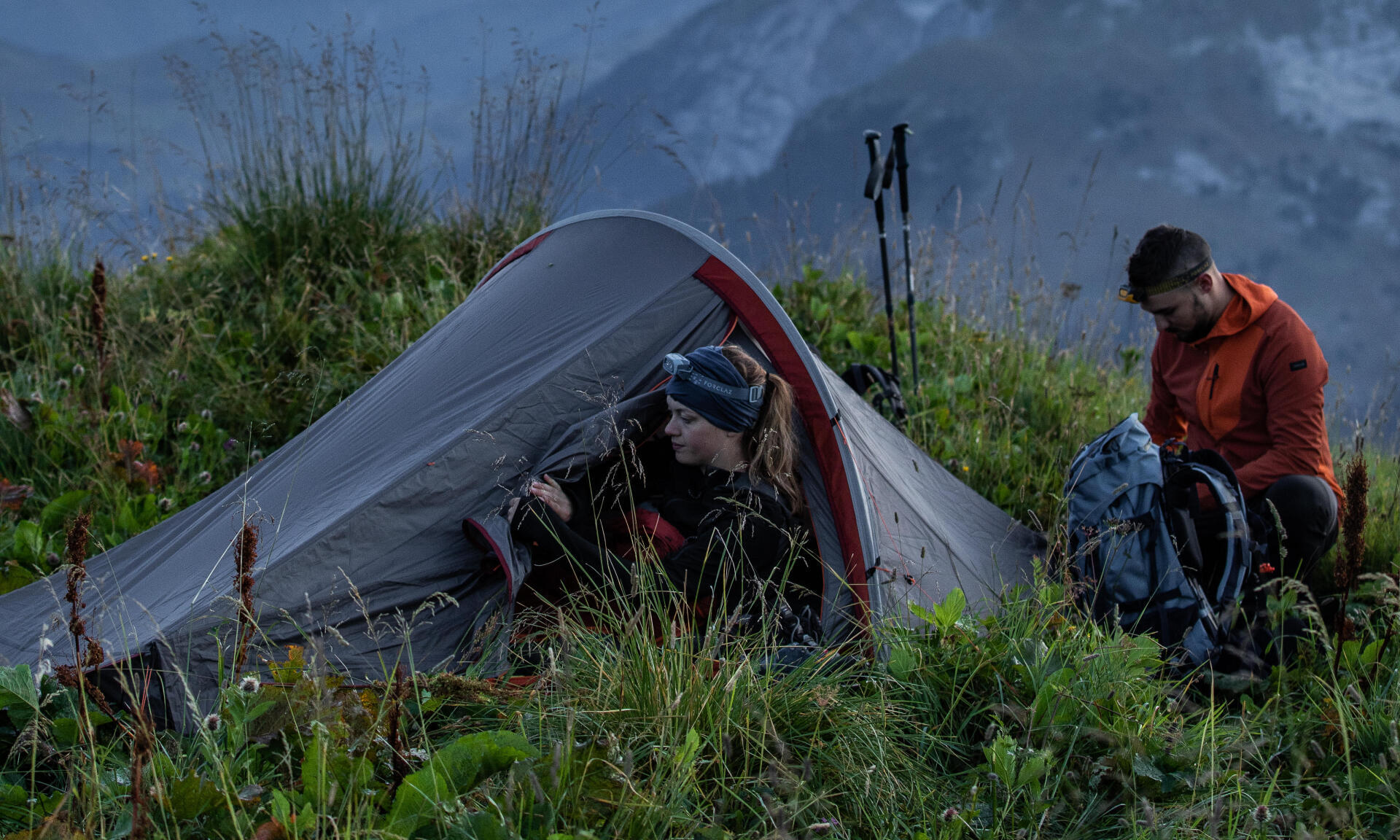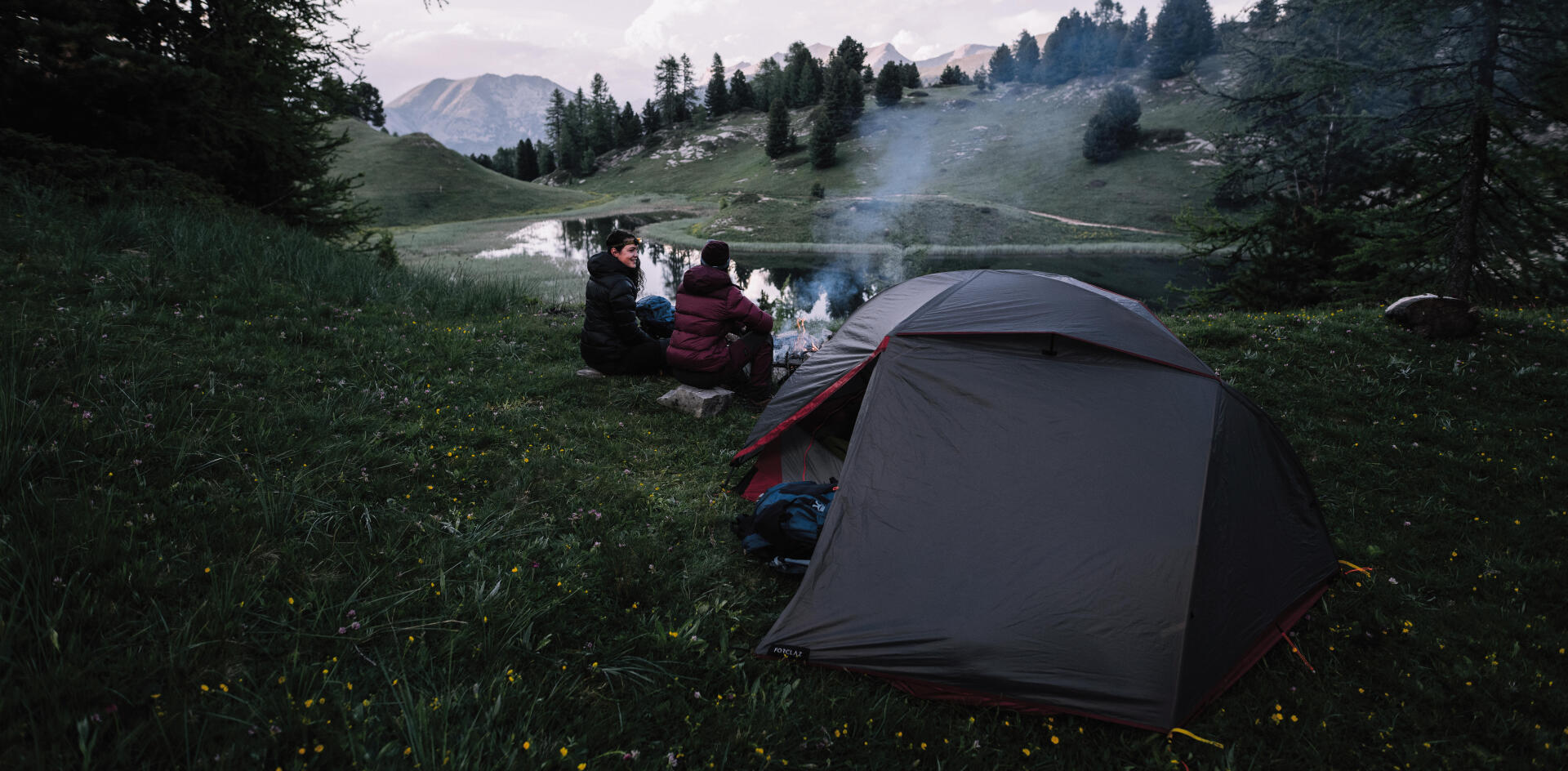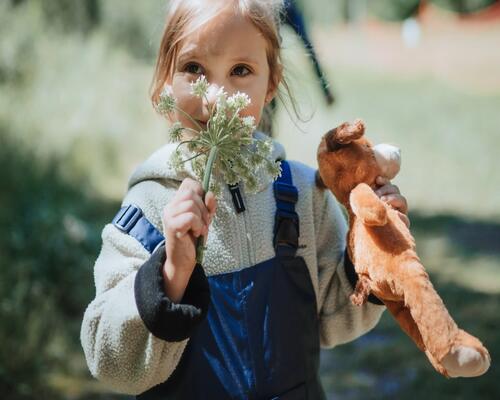Safety, inseparable from any mountain bivouac preparation
Bivouac, like camping, is subject to several safety rules and to legislation. Several days before leaving, we advice you to:
- consult the weather forecast for your destination,,
- find out about the regulations in force: wild camping is very controlled, so you cannot pitch your tent anywhere,
- check your equipment: If you have not used your tent for a long time, it is advisable to pitch it before leaving to remind yourself how to do it and make sure that you have all the necessary pieces. From the pegs, poles, emergency repair kit, to cooking utensils and your groundsheet: scrutinize everything.










